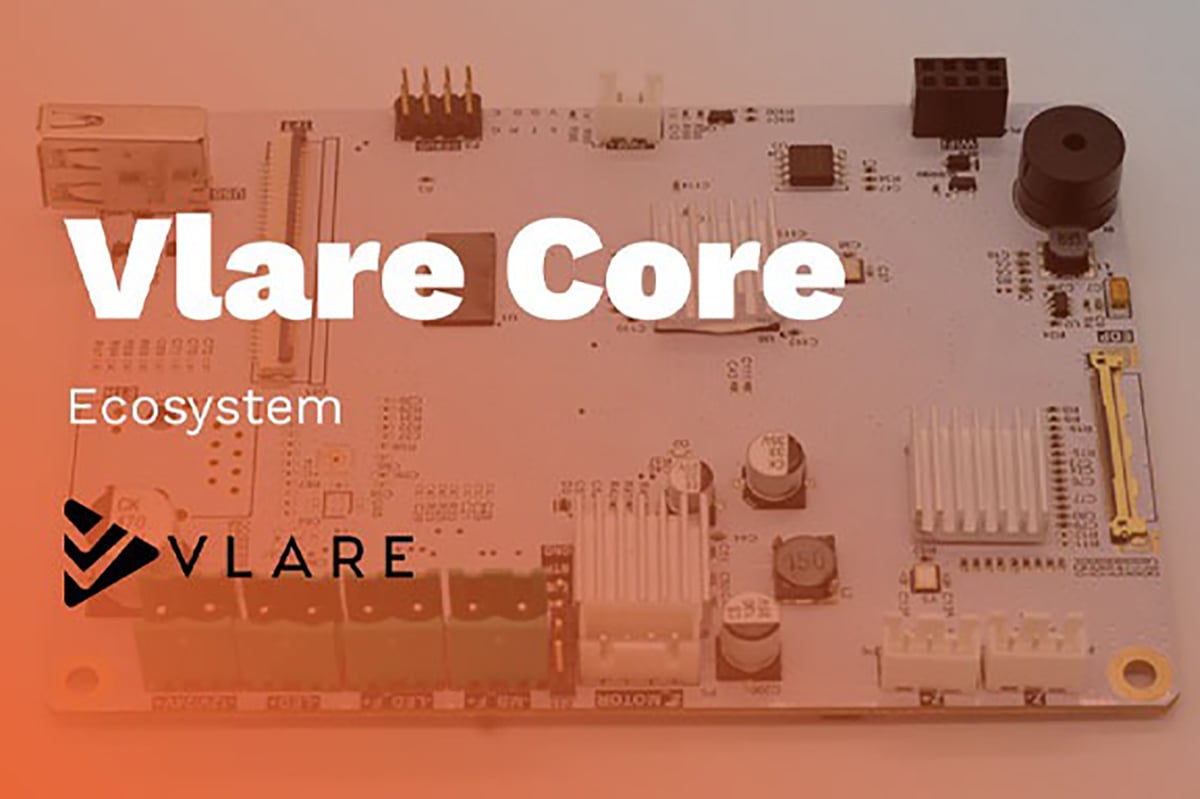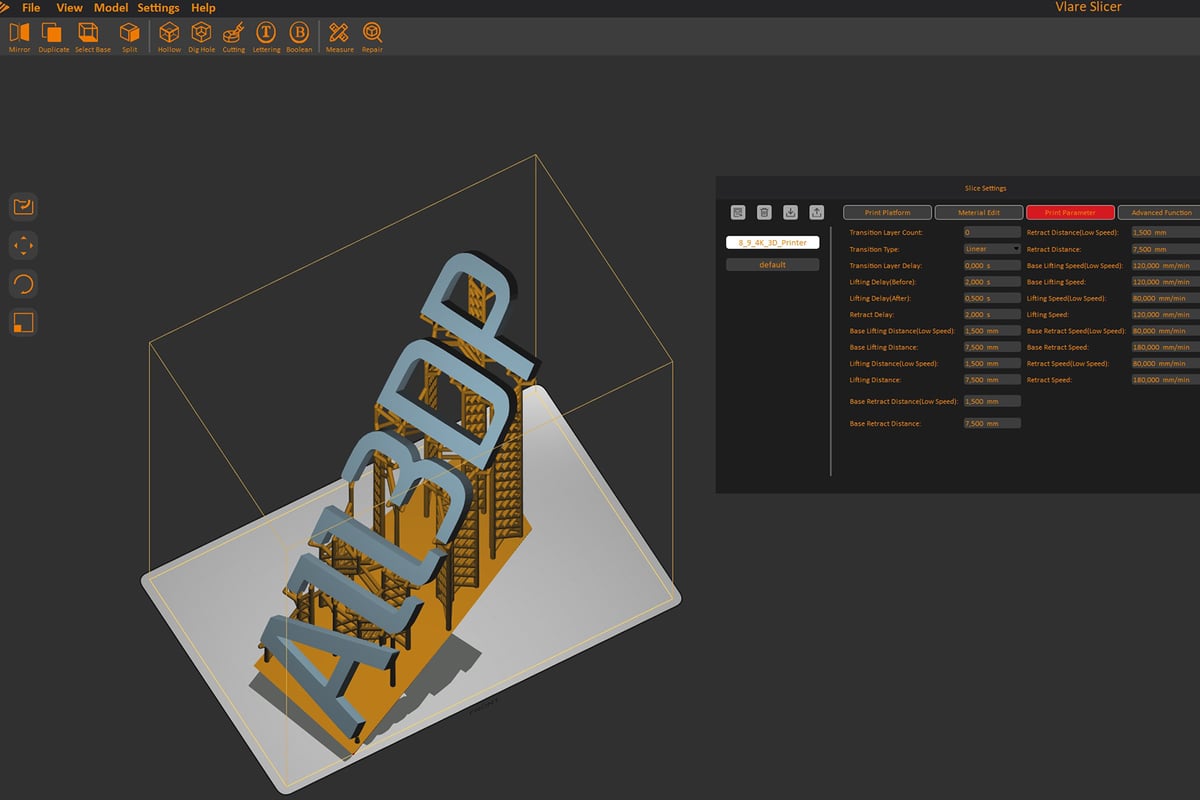Vlare, a relatively unknown 3D printing technology firm from Shenzen, China, is looking to shake up the resin 3D printing community by announcing a new and open-format control board for resin-based 3D printing systems – Core.
According to Vlare, the team of which originally hails from LCD panel development and production, Core and the accompanying file format will be compatible with the gamut of resin printing hardware, including LCD panels (MSLA), DLP light chips, and more. Accompanying it will be the company’s free-to-use Vlare Slicer.
If you’ve been following the meta of resin 3D printing over the last few months, you may have heard of CBD-Tech’s controversial steps to enforce its walled garden of hardware, firmware, and files. For context, CBD-Tech is the leading 3D printer control board OEM, supplying the control systems of many and more of your favorite resin 3D printers – think Elegoo and Phrozen for an idea of the machines using CBD-Tech’s solutions. CBD-Tech is also the parent company of ChiTu Systems, which produces the ChiTuBox Slicer.
With the release of the company’s latest LCD controllers earlier this year, CBD-Tech encrypted the boards, essentially restricting users of the printers using them to the company’s ChiTuBox Basic or ChiTuBox Pro slicers. No more third-party slicers. This affects many of the most popular resin 3D printers on the market, such as the Elegoo Mars 3 and the upcoming Jupiter, plus the Phrozen Mega 8K and Mini 8K.
The perception of this move, seen by many as a problem, was soured by rumors that these machines would only work with the subscription-based ChituBox Pro. This is not the case – the free ChiTuBox Basic is the default slicer for the affected boards, but the fencing in of the systems remains.
There probably couldn’t be a better time to release an open-format, high-performance control board. Vlare is certainly in the right place at the right time for many, with a key feature of Core being its unencrypted file format, which should allow users to use any number of compatible slicers that write the new open format.
Open Hardware

According to Vlare, the company wants to cater to the various hardware and software requirements for different 3D printing requirements. As such, the vital feature of the Core controller board will be its support of an open file format that third-party software can easily write without the hangups of a complex SDK and terms of use. In addition, the Vlare team is actively working with third-party software developers to bring more options for its users.
To give OEMs the possibility to customize their offerings, Core is slated to feature a full range of connectivity, with both internal and external ports including internal serial I/O, SDIO, Ethernet, and Wi-Fi. Additionally, the software is said to process advanced data structures that enable features such as multiple exposures per layer, variable heights, and intelligent layer peel strategies, setting it up for “more than basic” print preparation features and state-of-the-art control.
According to Vlare, Core is already in production and in use in the active development of new printers.
Vlare Slicer

If you have dabbled in resin (3D printing) before, you will know slicing software is often just as essential as hardware when it comes to achieving high-quality prints. As such, Vlare has also announced its free-to-use Vlare Slicer, which aims to take full advantage of Core’s functionality, packaged in a simple yet intuitive UI for easy operation.
The software is currently available to download as a beta version, and the development team seems happy to take feedback.
The slicer comes with a complete set of features such as automated support generation, error detection and repair, model hollowing and drilling, text etching, boolean operations, cutting, and more. Also, Vlare promises fast operation without the need for extensive hardware setups.
We’ll be taking a look at the Vlare Slicer beta in-depth in the coming weeks, so stay tuned for a breakdown of the features, functions, and possible drawbacks this new software holds.
For now, what do you make of this news? What do you think will be the first printers to house a new Core? Let us know in the comments below.
License: The text of "Desktop Resin 3D Printing Could Get a Whole Lot Better Soon" by All3DP is licensed under a Creative Commons Attribution 4.0 International License.